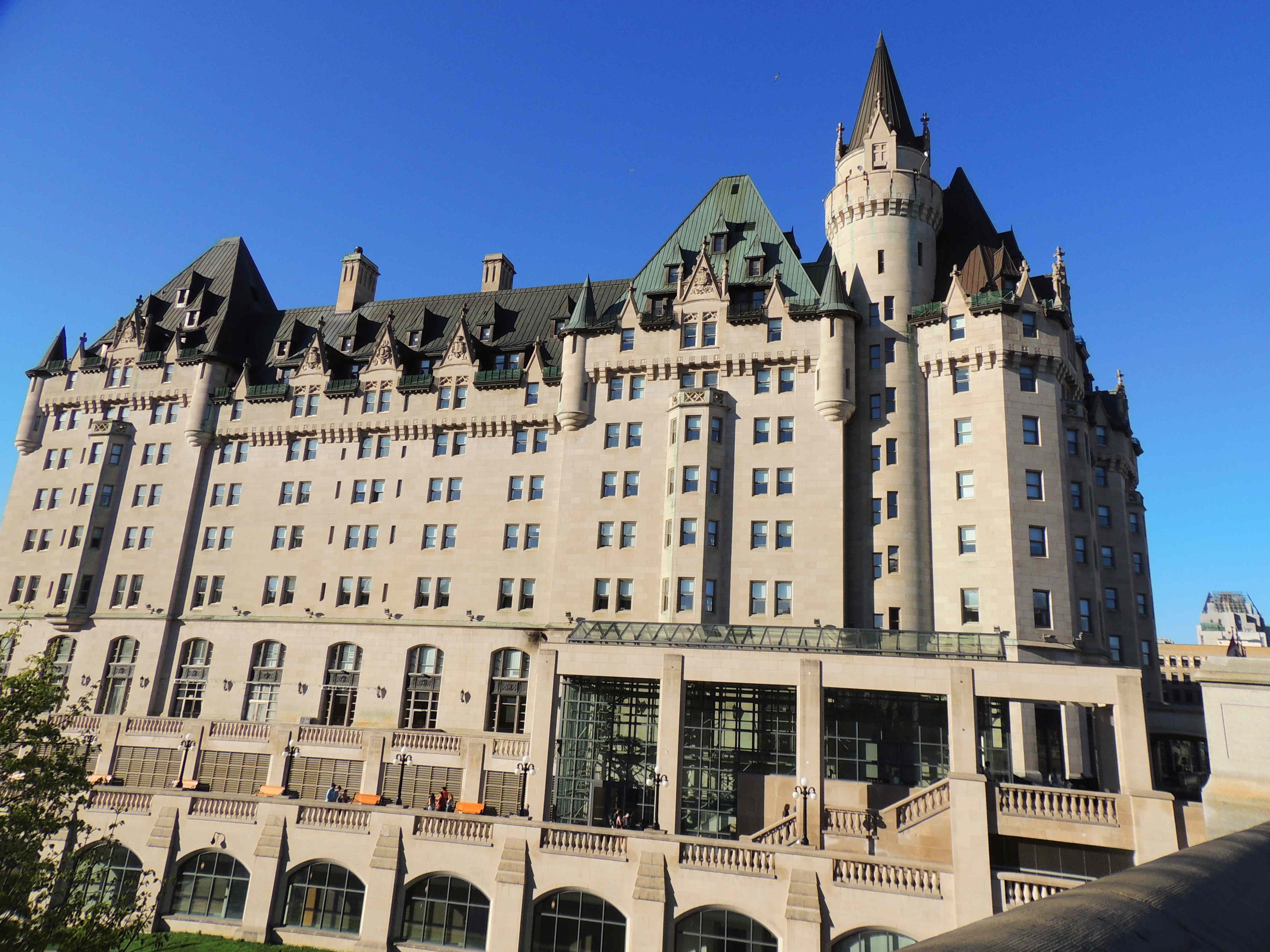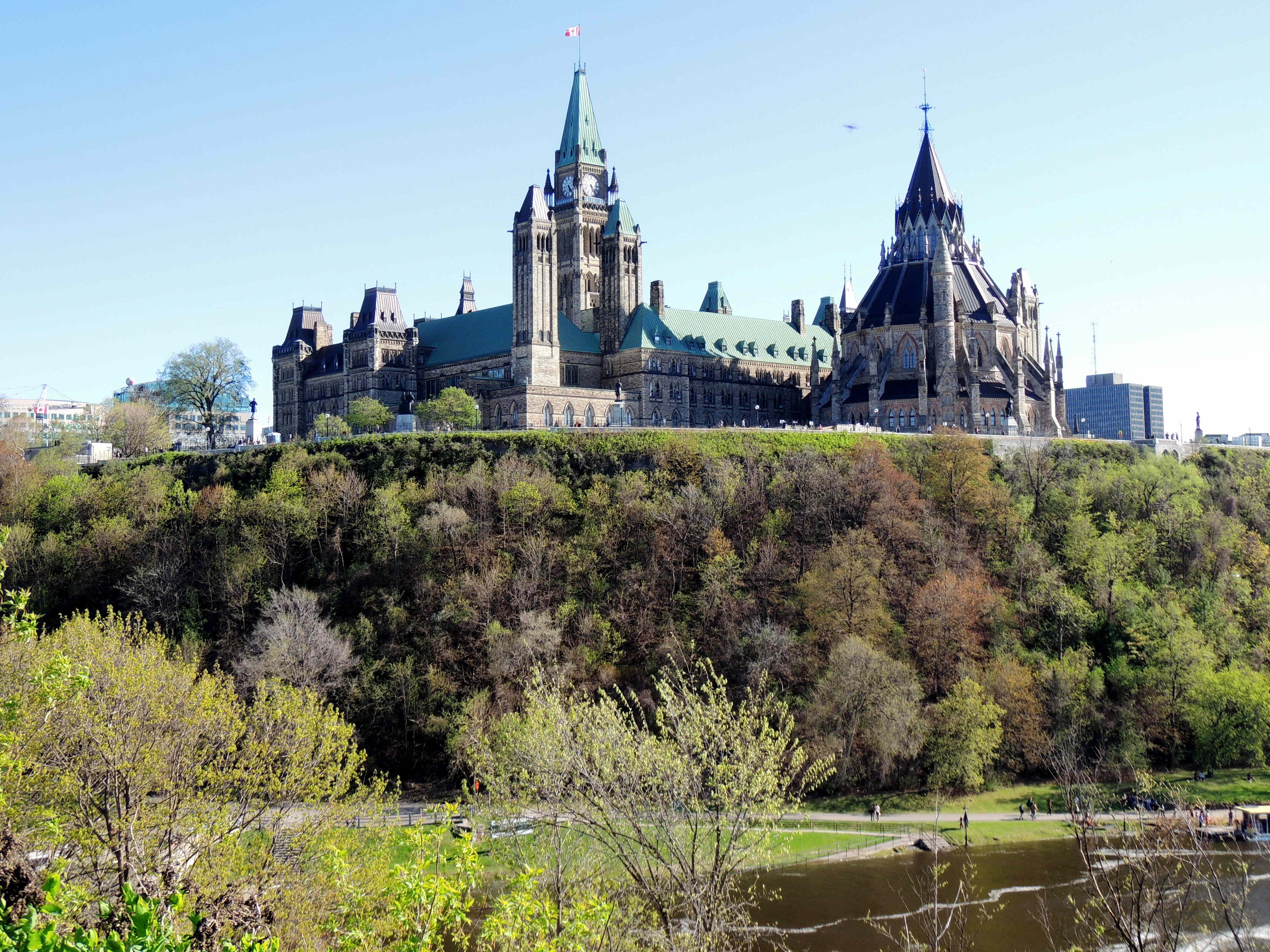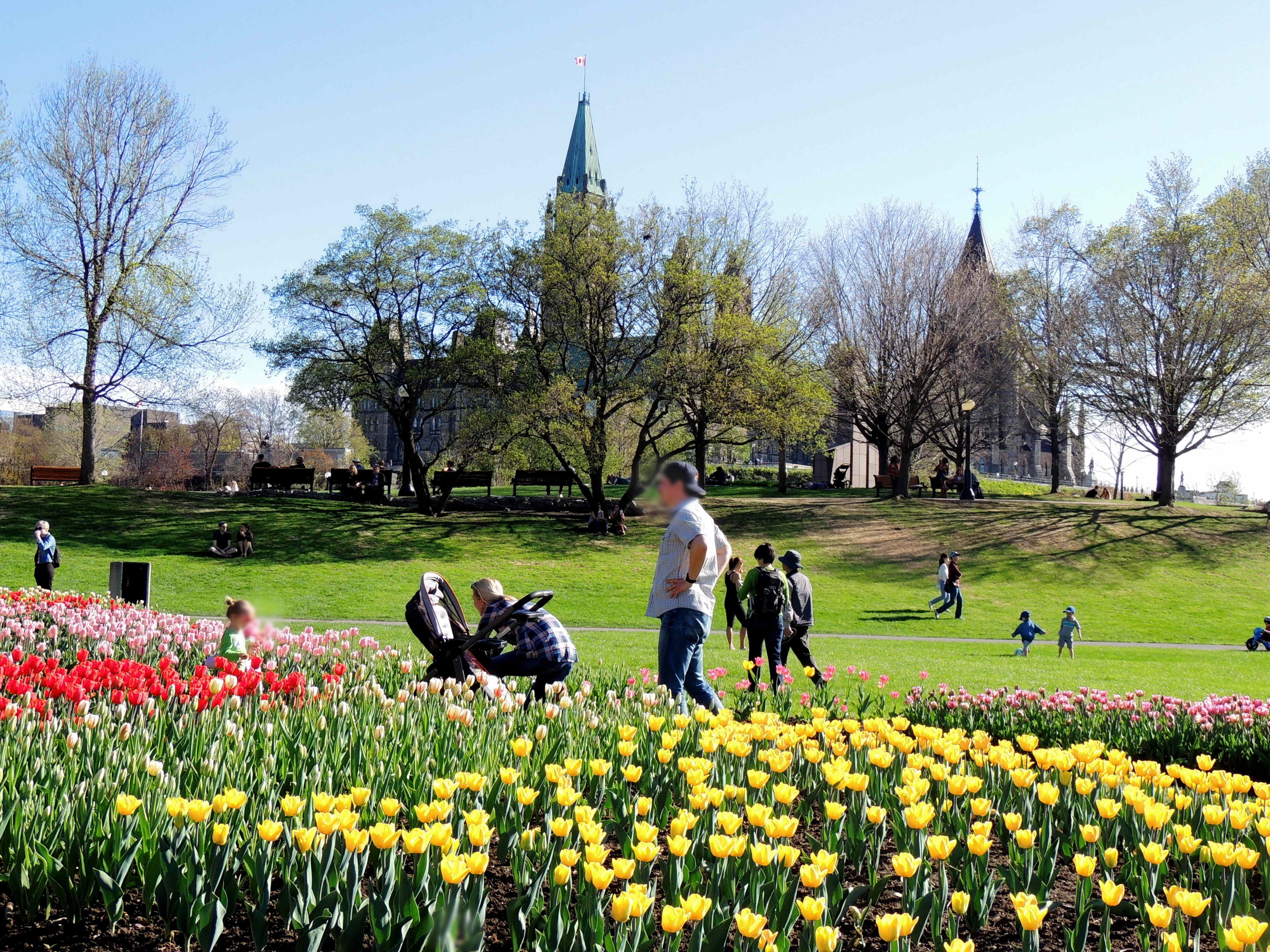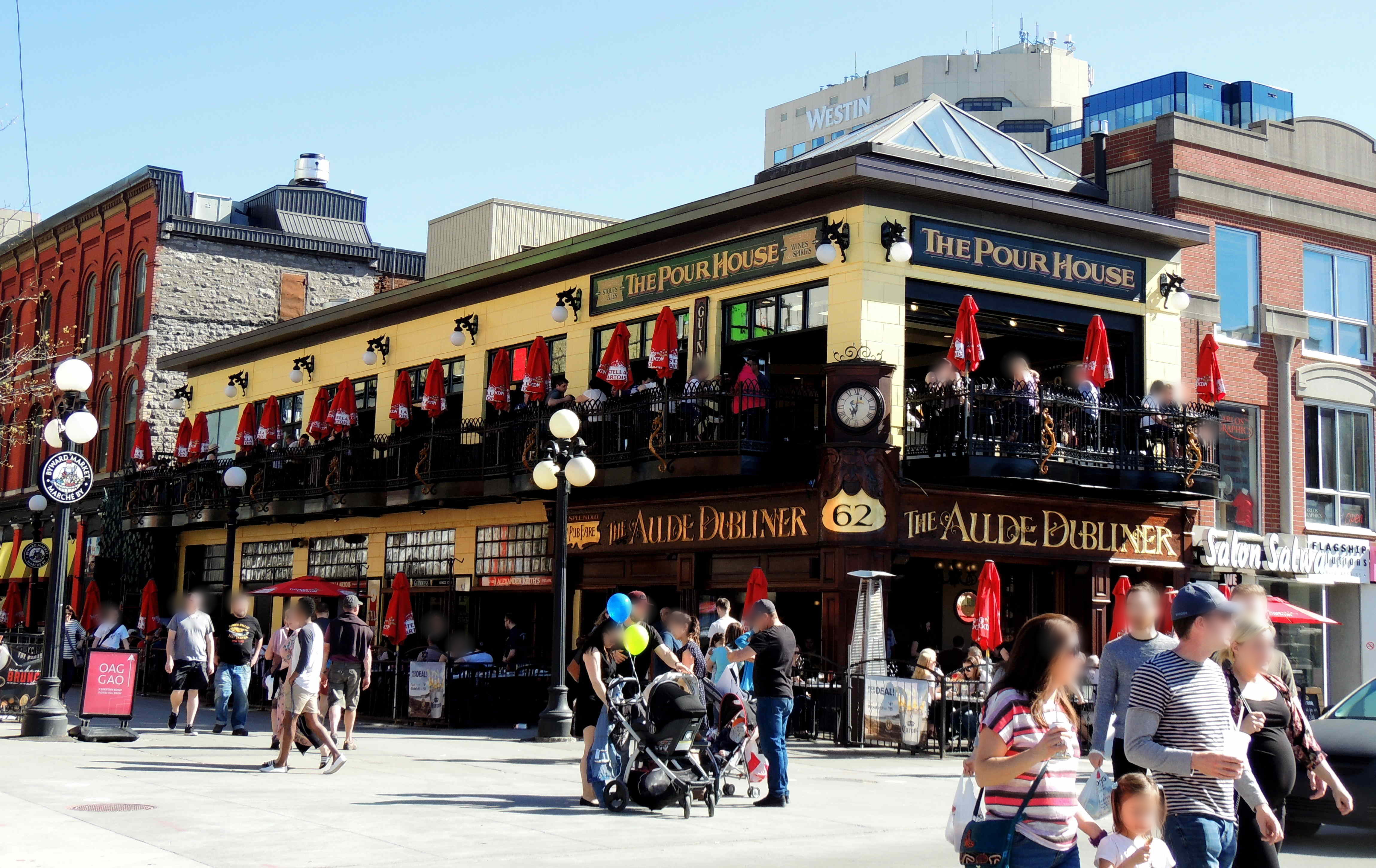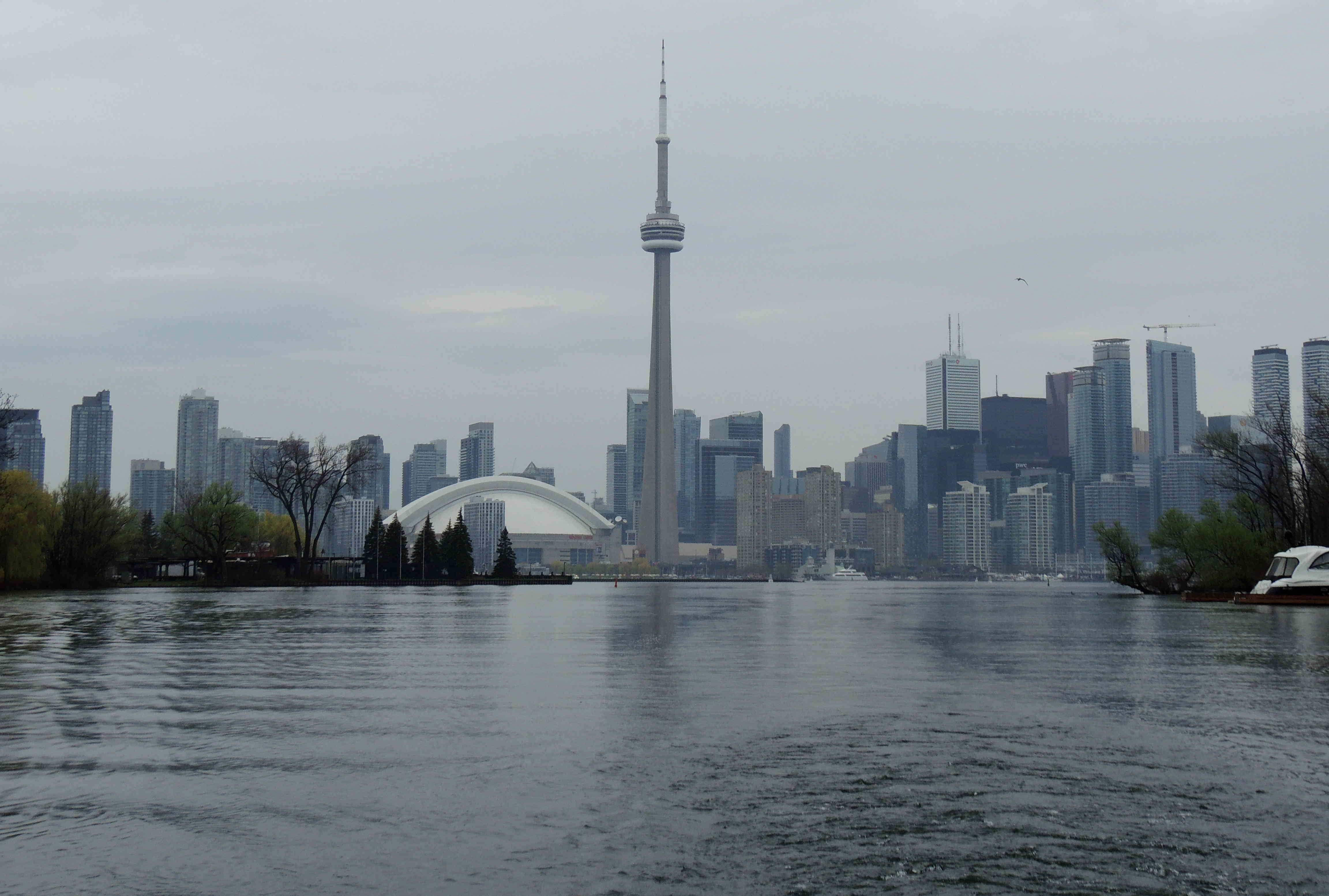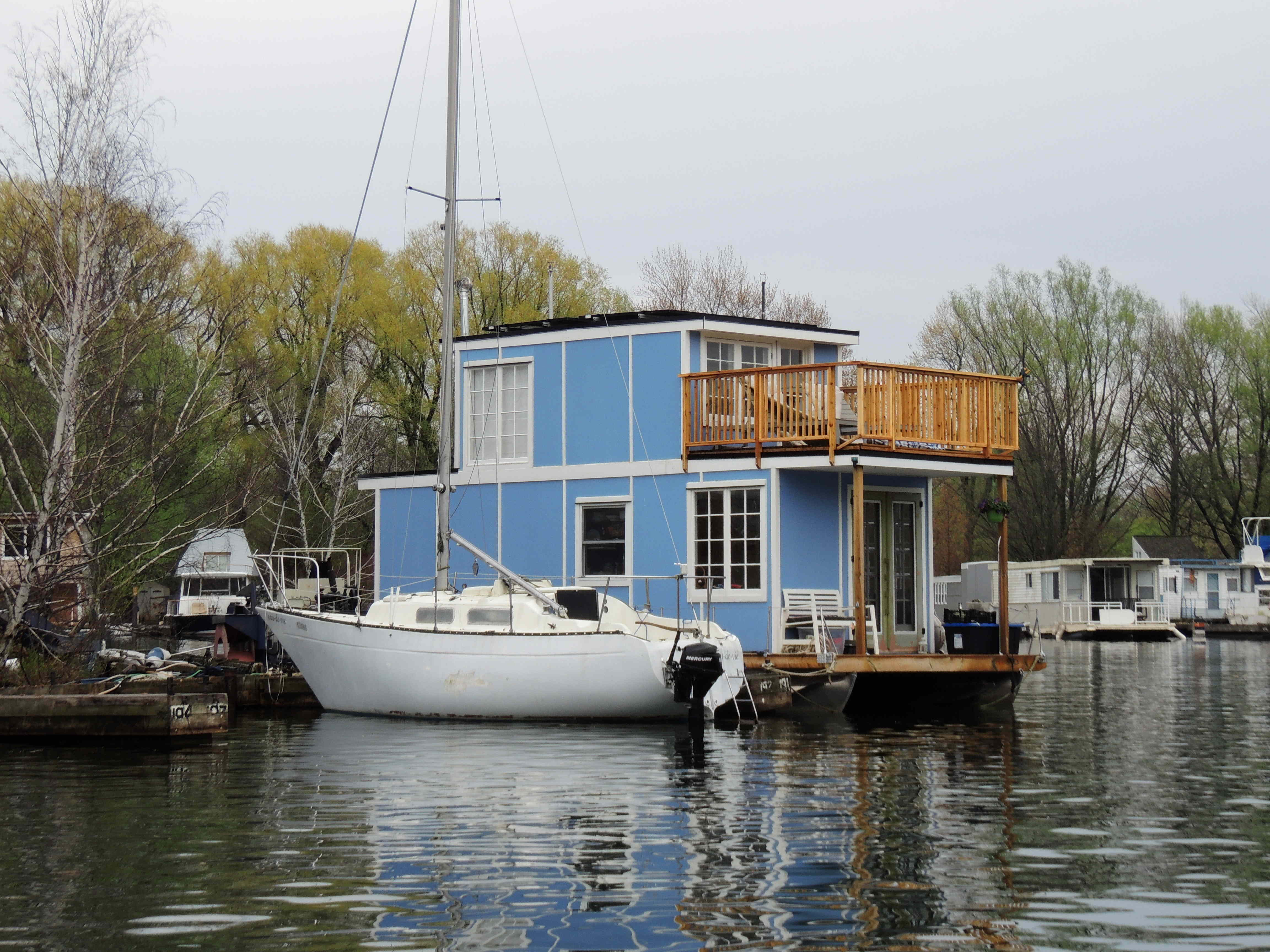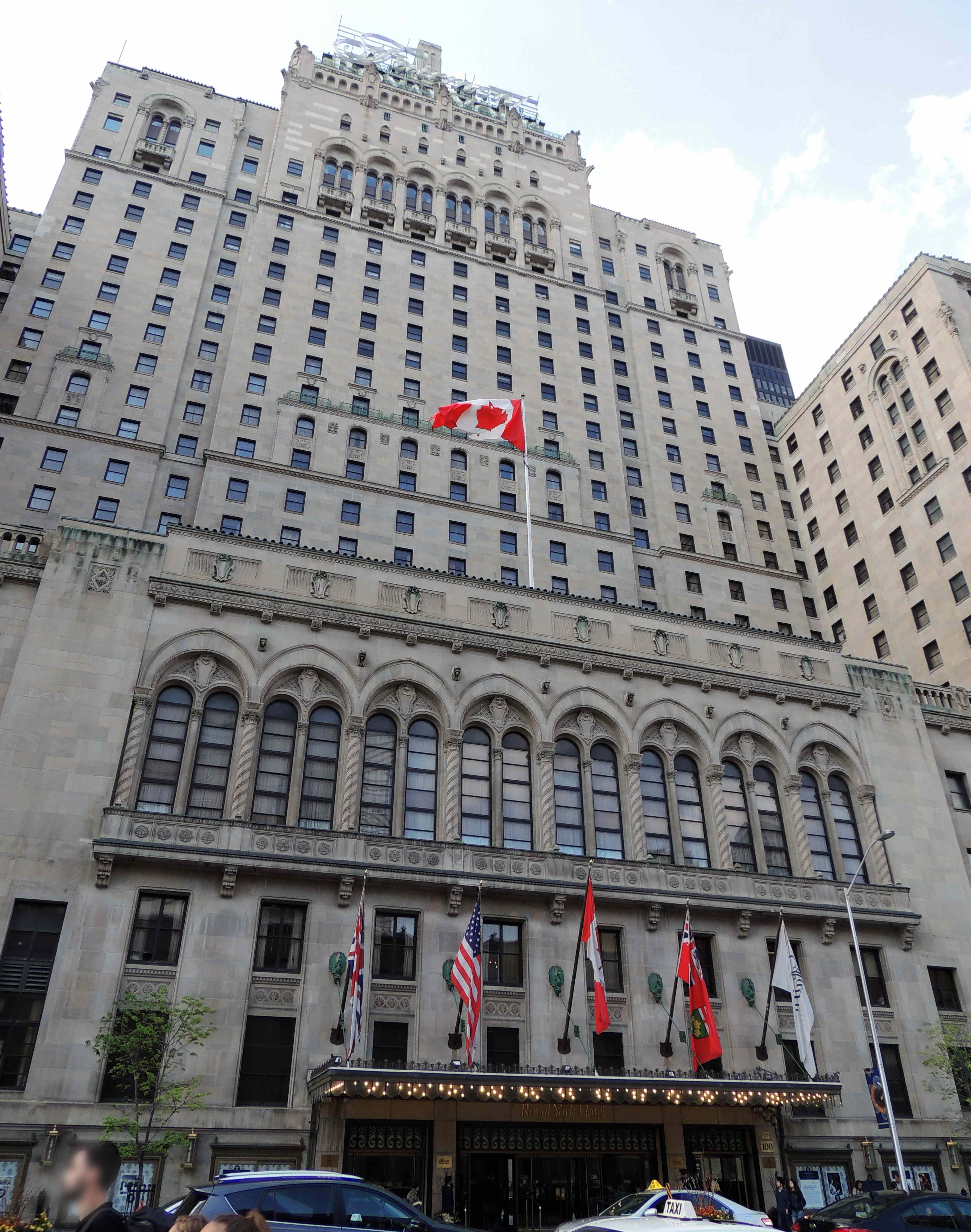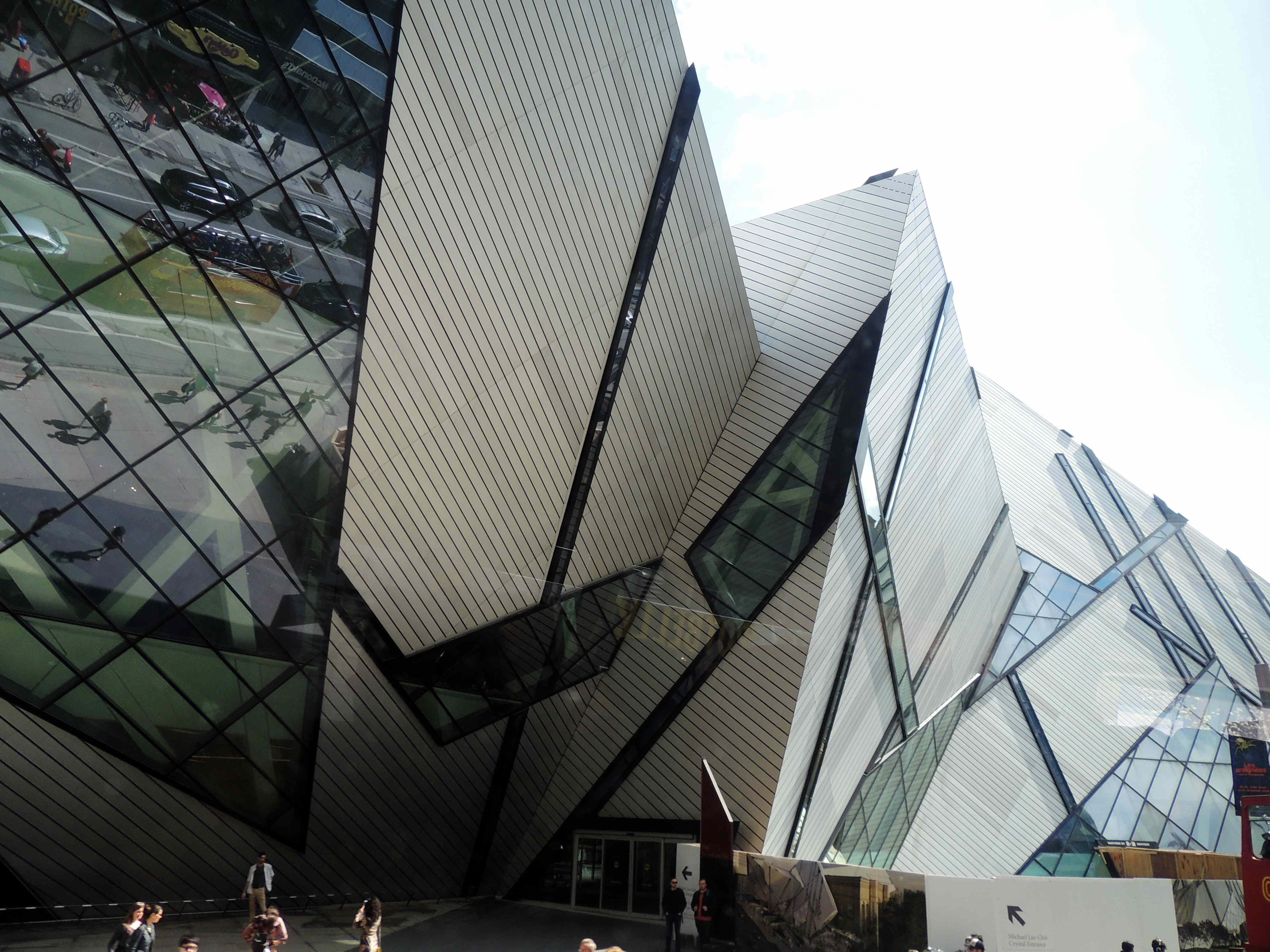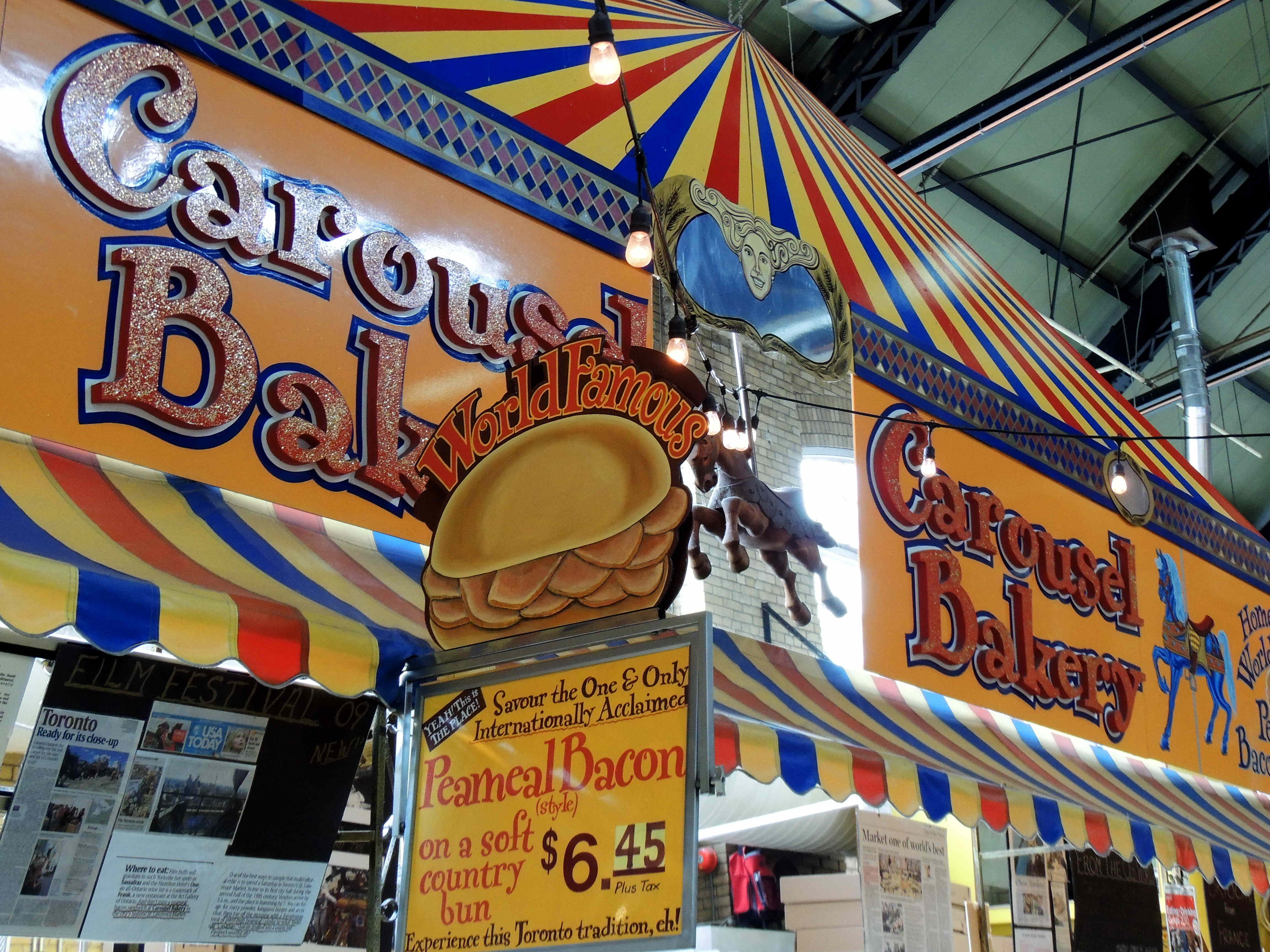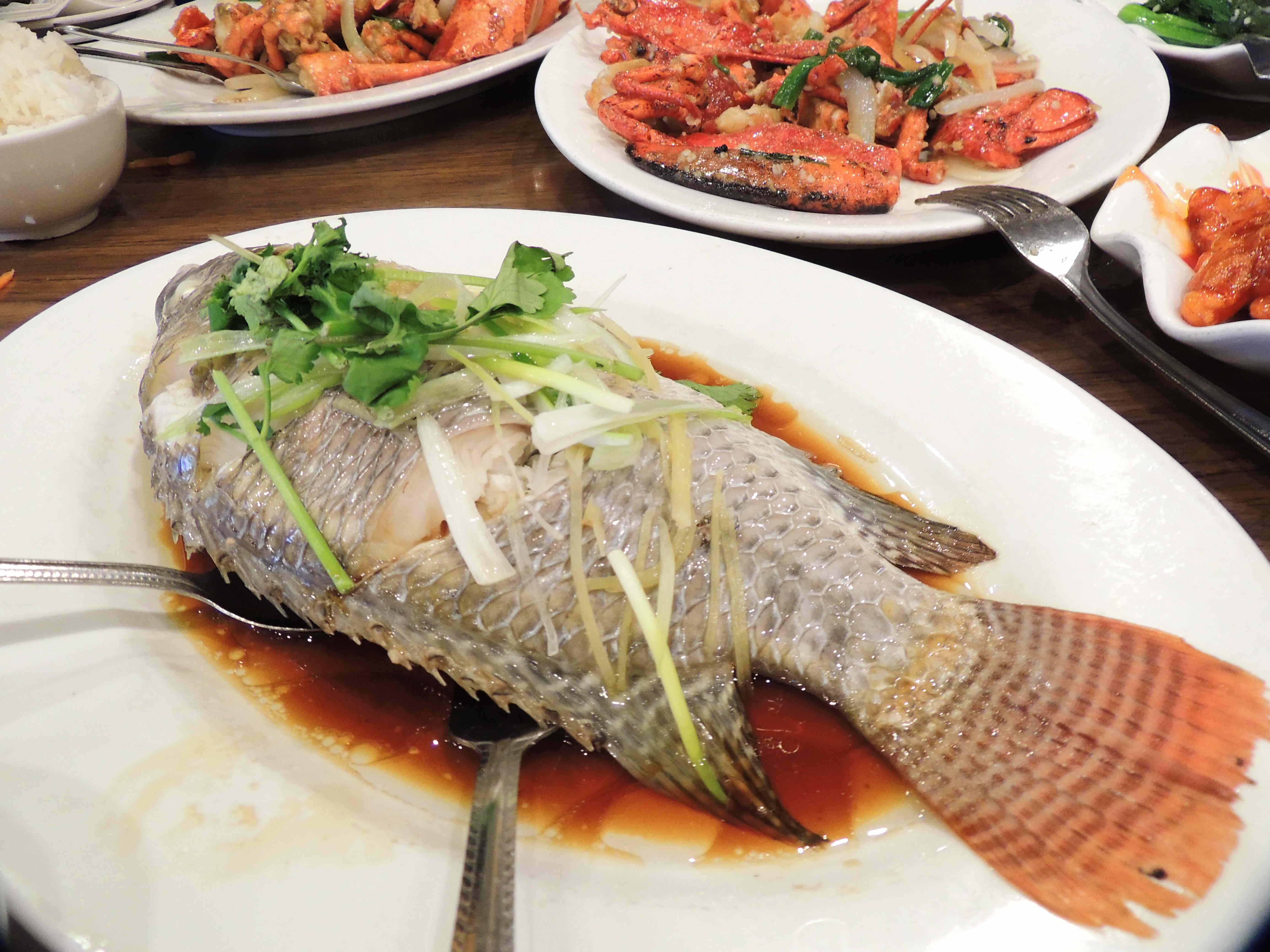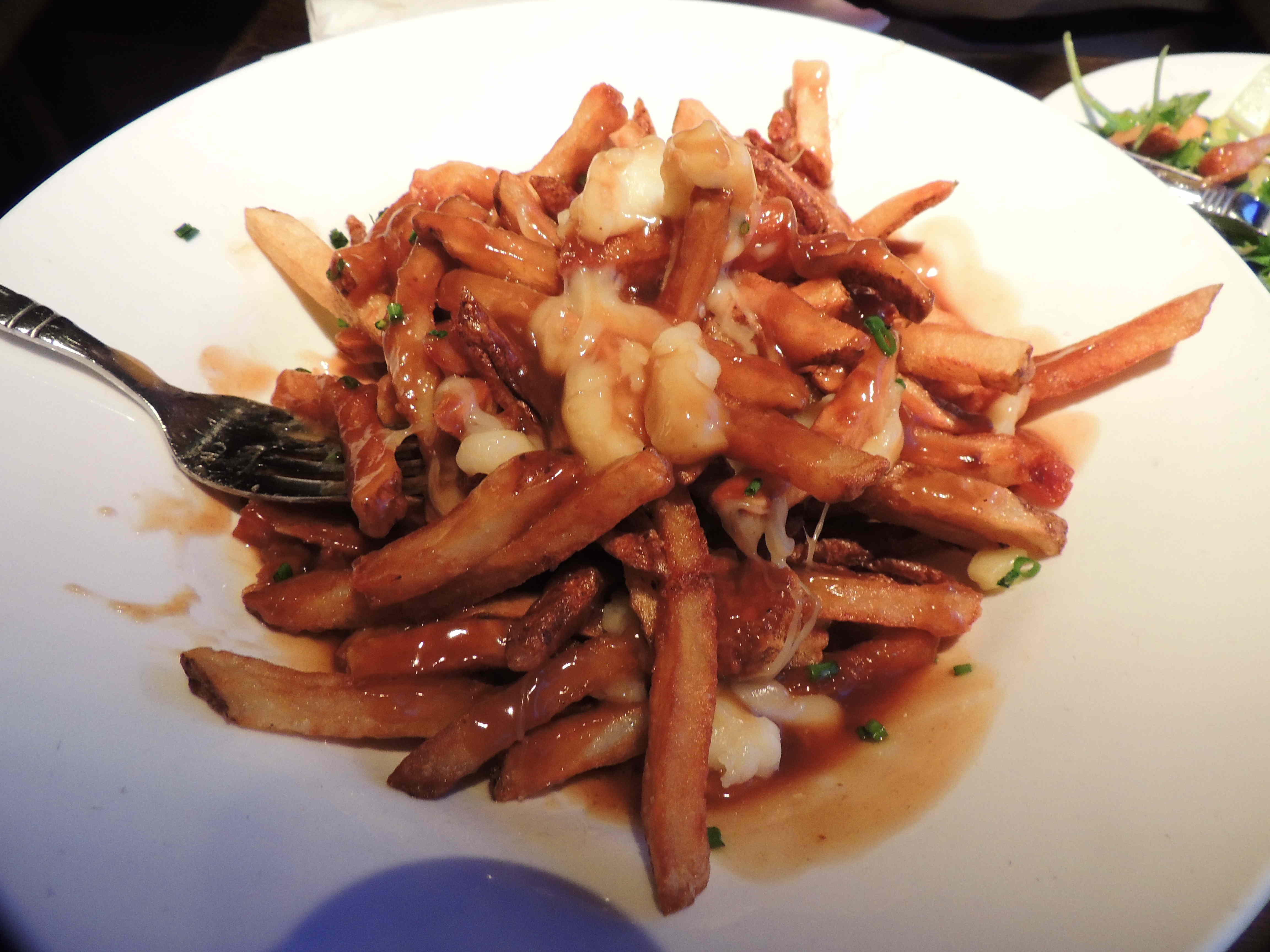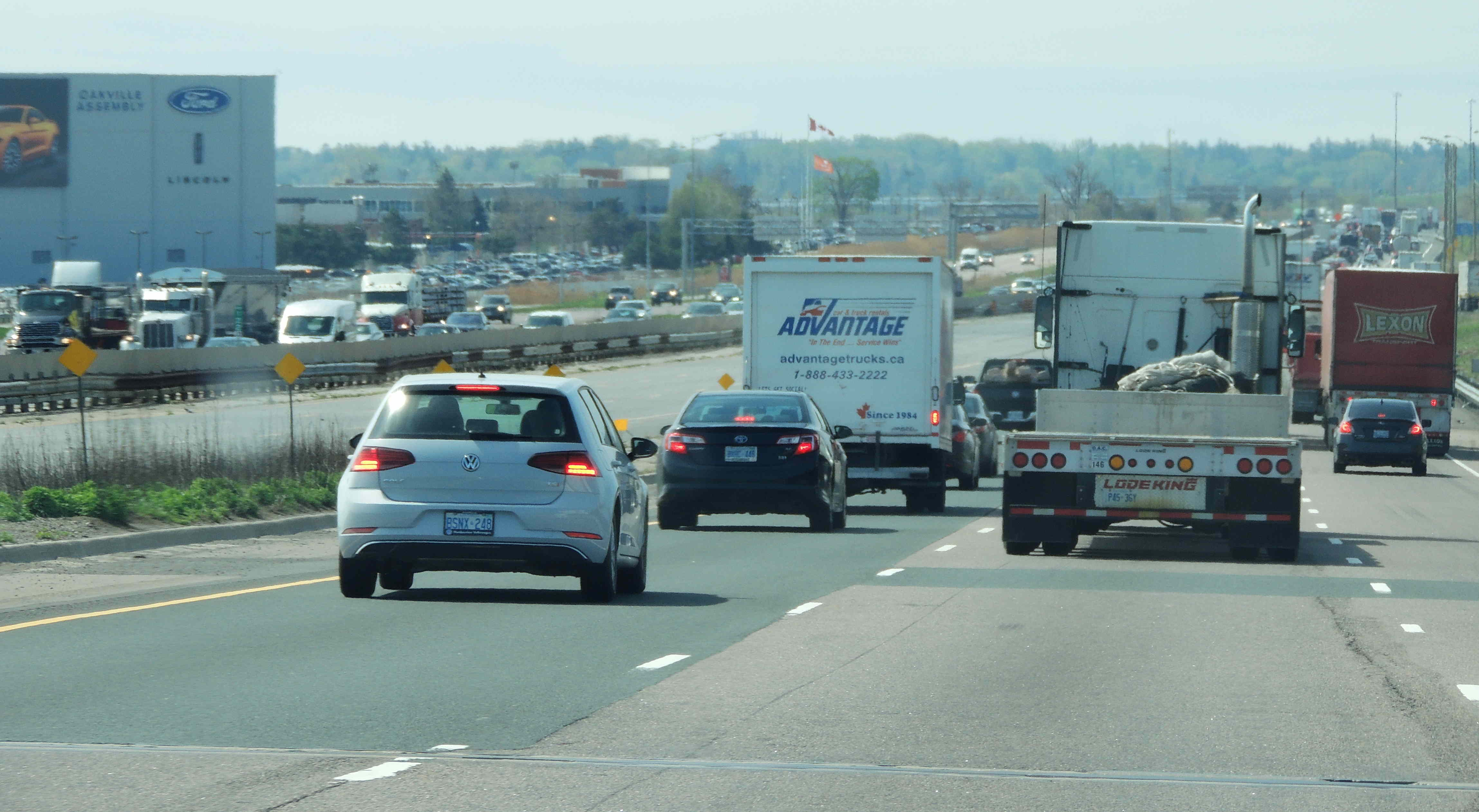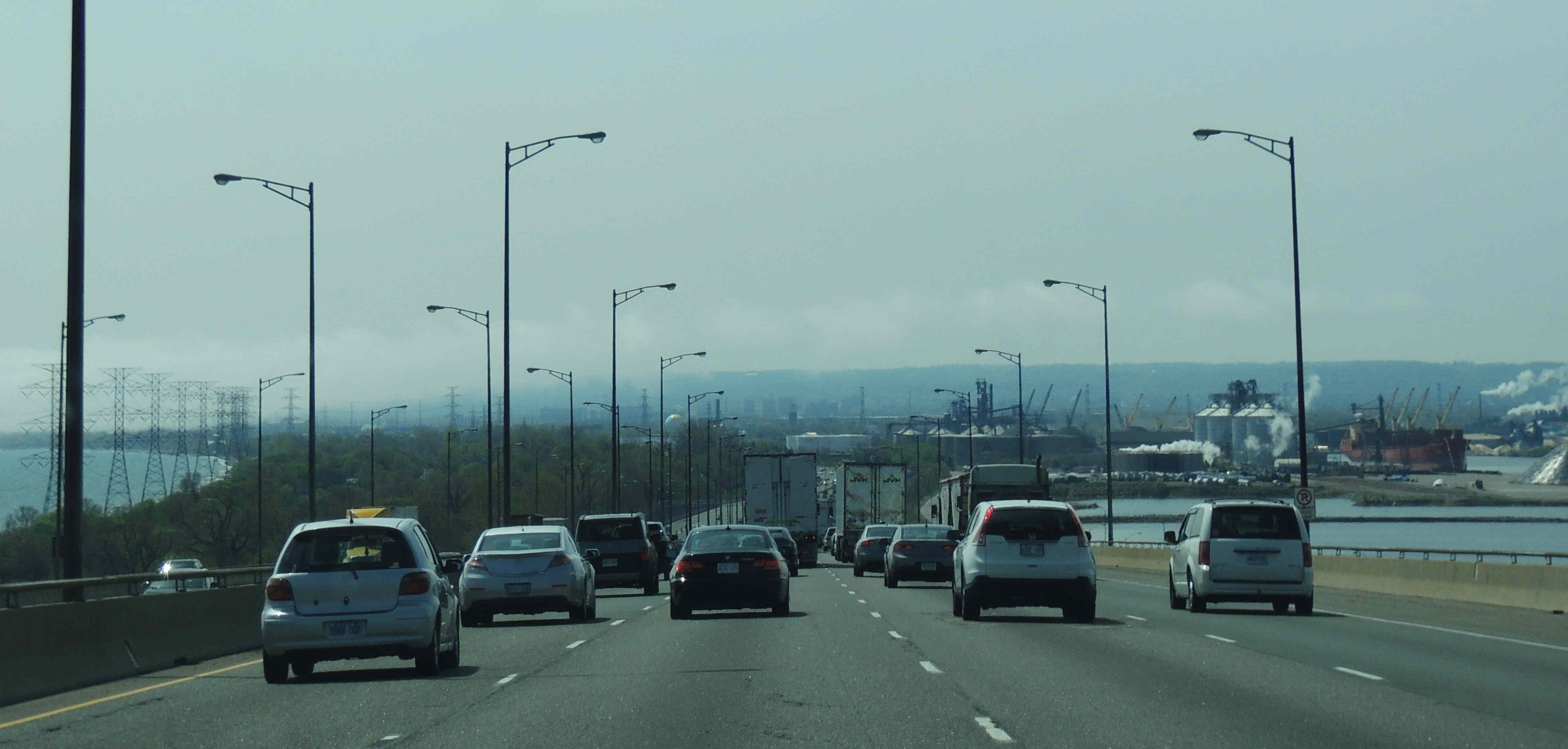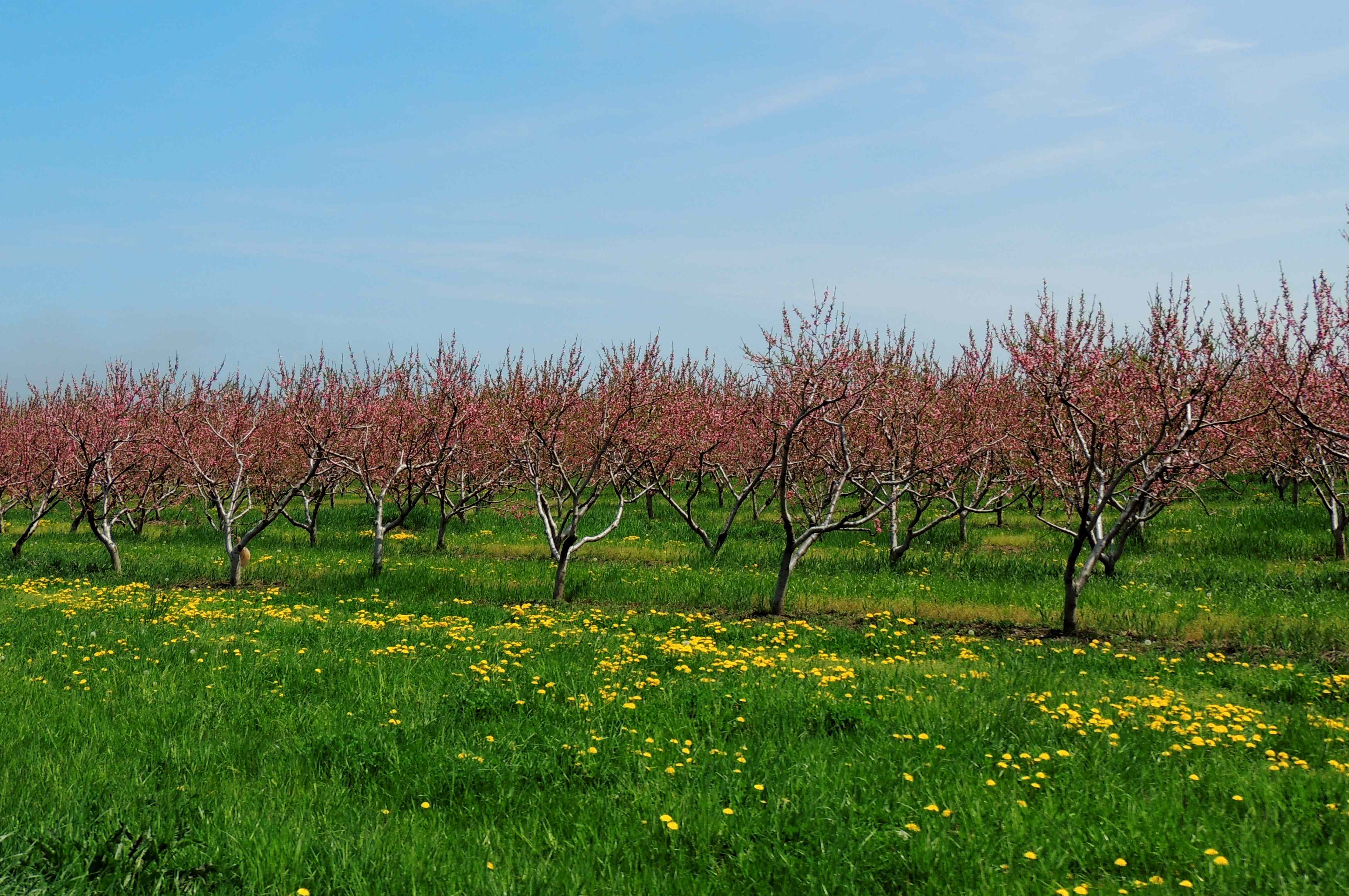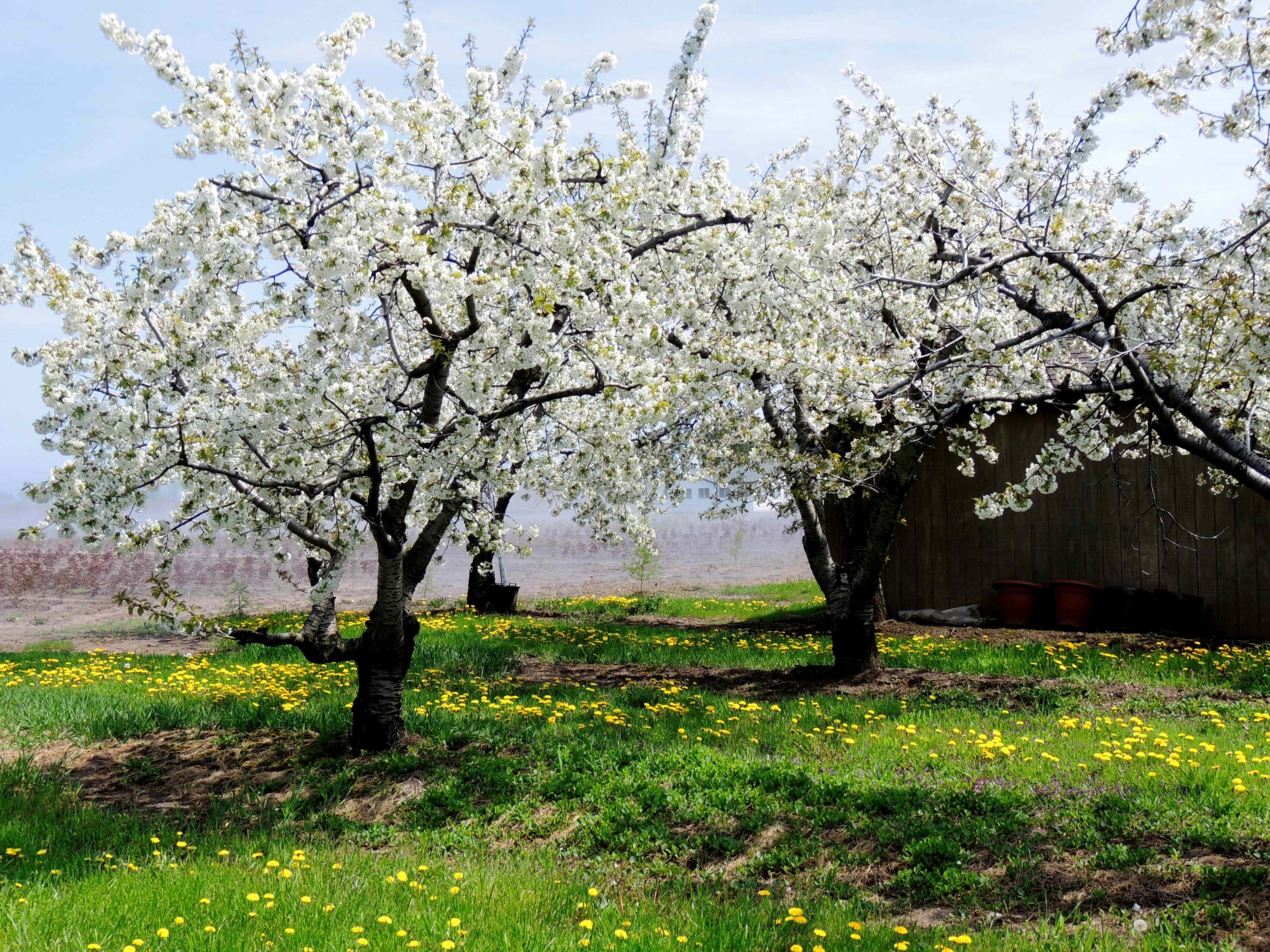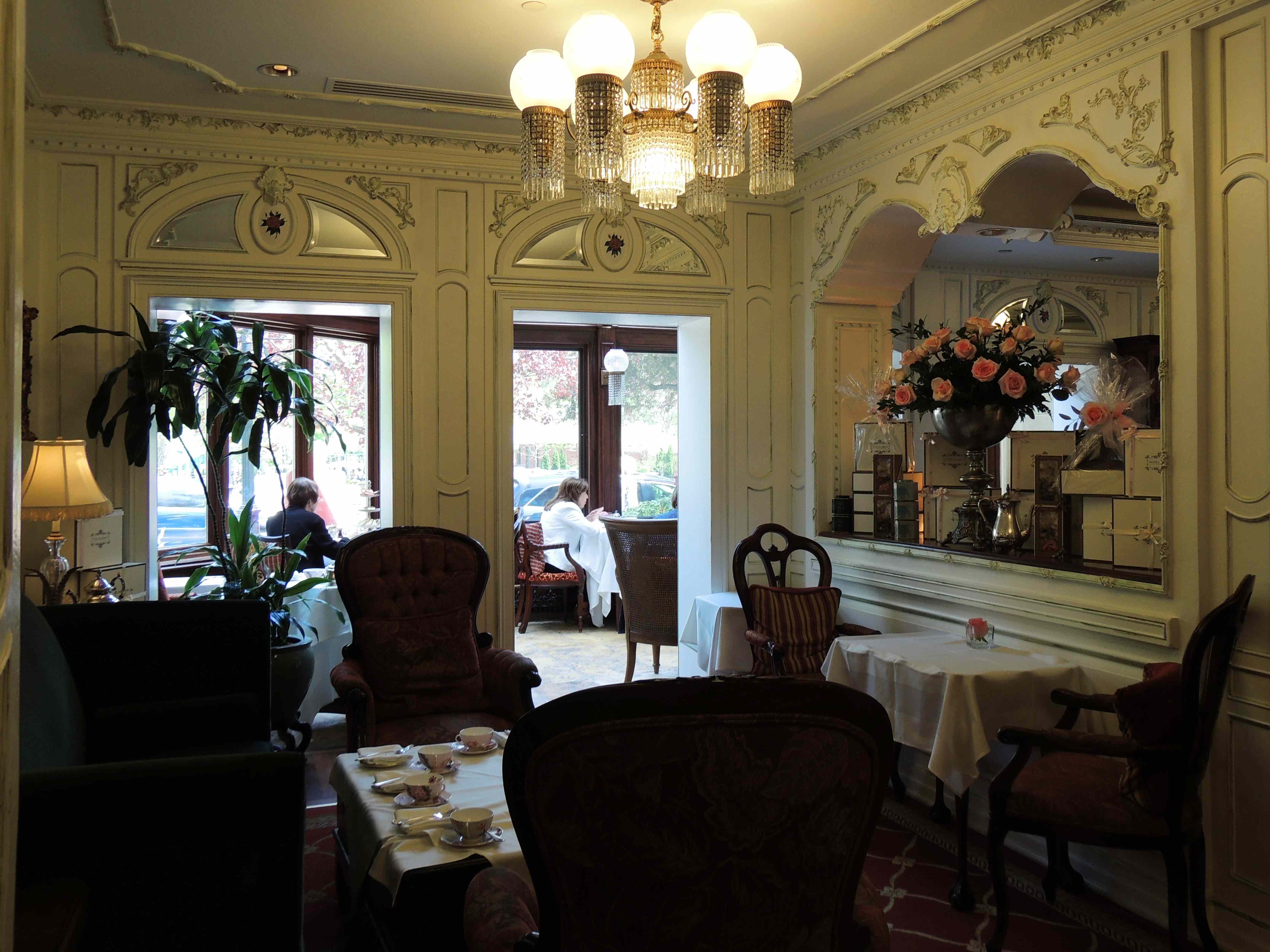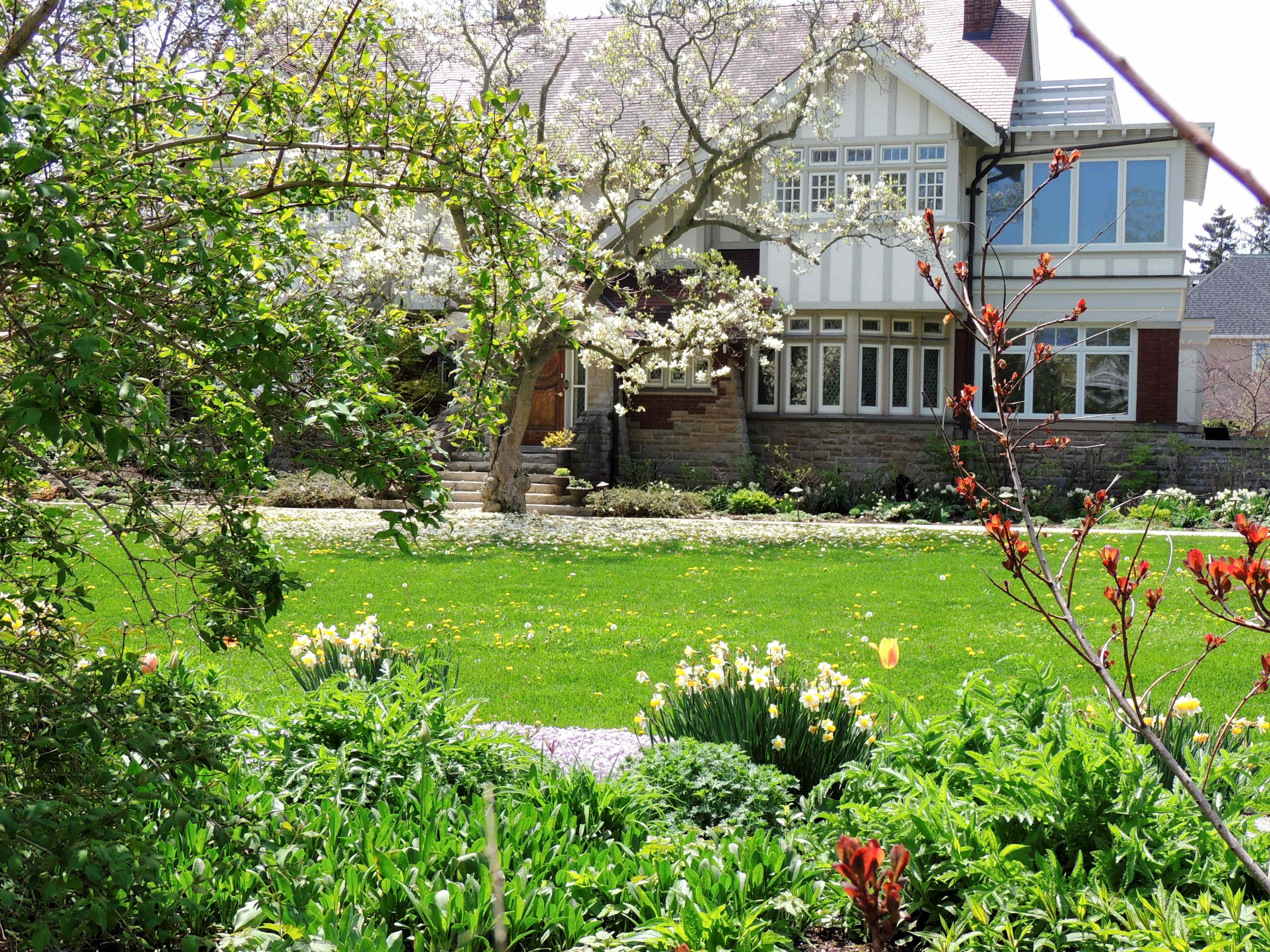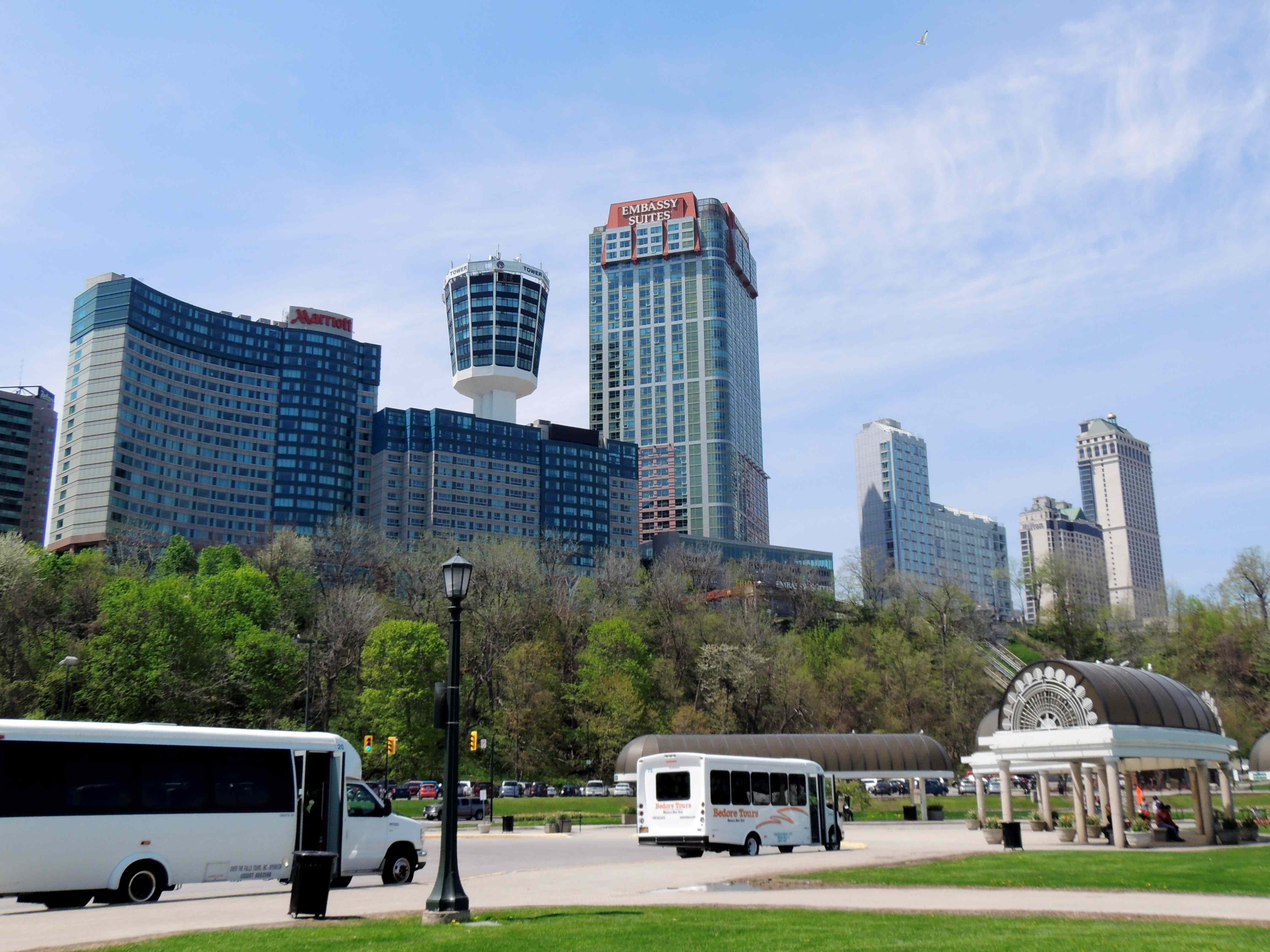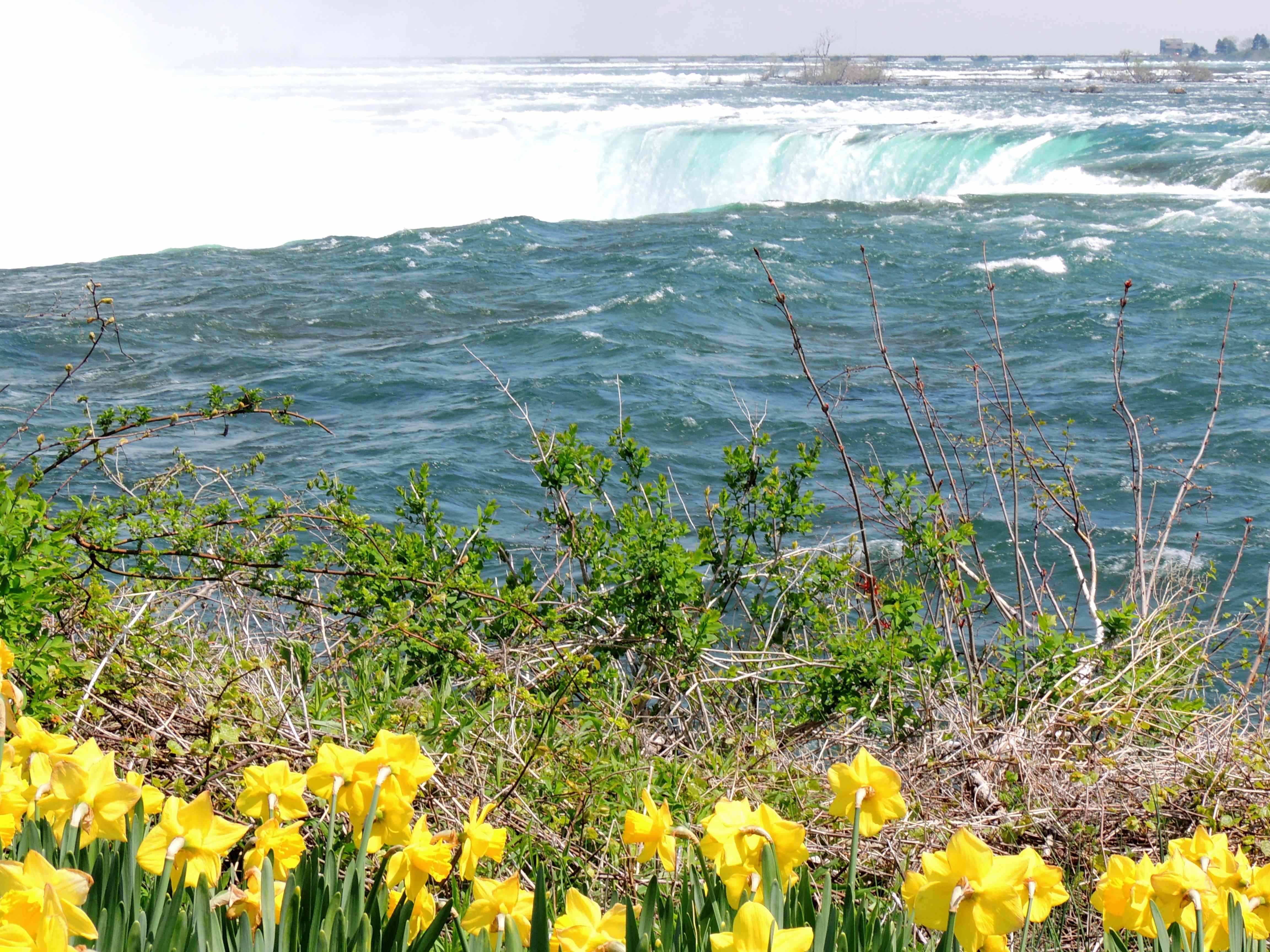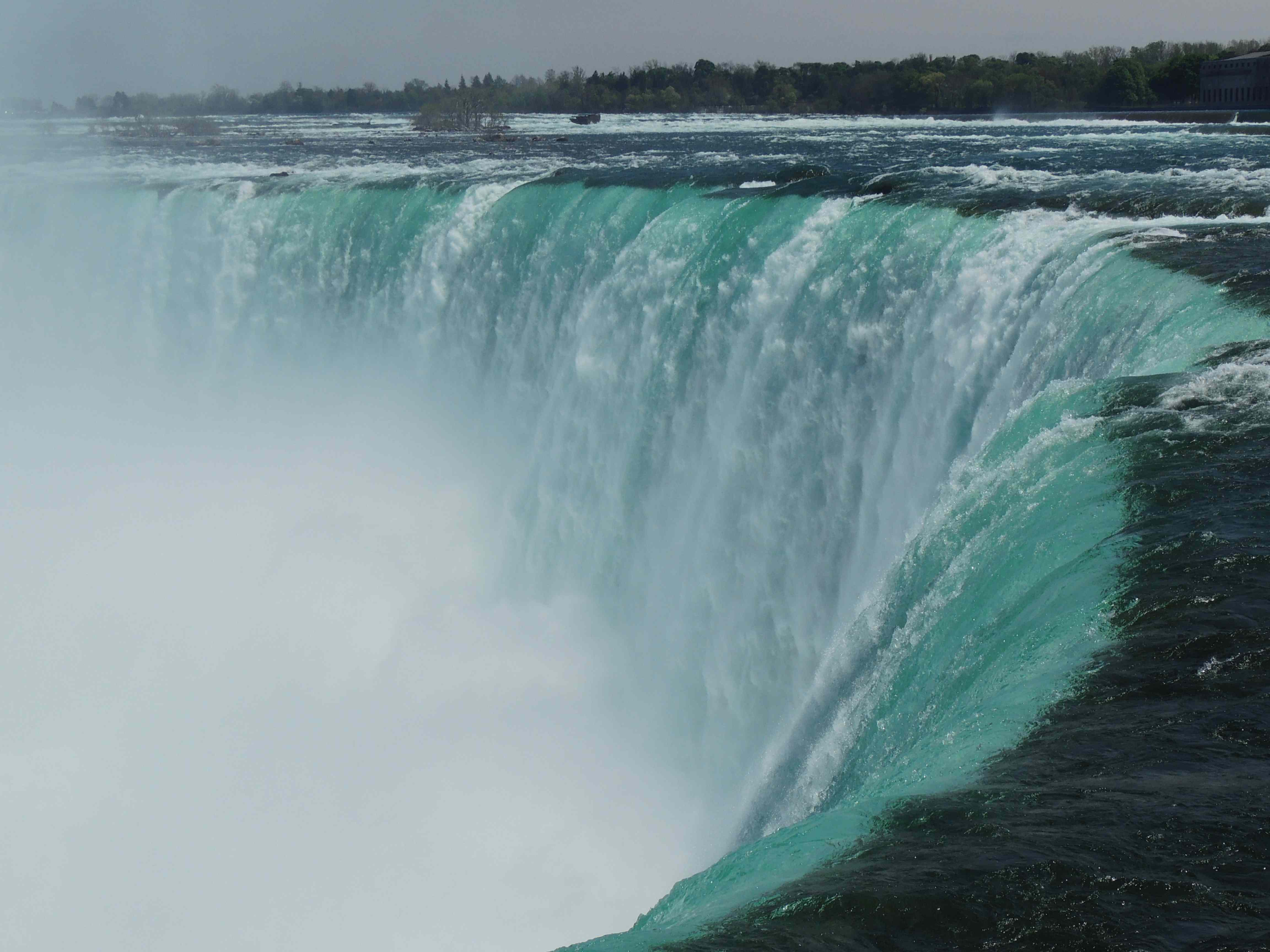This continues on from Canada – Quebec City & Montreal!
Four of Canada’s largest cities are within eight hours drive of each other. Population estimates vary depending on what they attempt to measure, but estimates are as follows:
- Quebec City, around 0.7 million
- Montreal, 4.0 million
- Ottawa and environs, around 1.3 million
- Toronto, around 5.0 million
However, there are many smaller cities near Toronto, including Mississauga just south west of Toronto with over 0.7 million. Thus, an estimate of the population of the Greater Toronto Area and the northern shores of Lake Ontario is around 10 million, making it one of the most densely populated regions in North America. This greater region, with Quebec City, Montreal and Ottawa gives around 16 million urbanised people within about the same driving distance as Melbourne to Sydney. The freeway systems are extraordinary, especially around the shores of Lake Ontario. Driving is not difficult but one needs to concentrate and have a great navigator with you!
Ottawa
The two and a half hour drive from Montreal to Ottawa crosses the border of Quebec Province into the eastern part of Ontario. The dual signage of English and French reappears.
We had decided to splurge in Ottawa with a stay at the Fairmont Chateau Laurier, one of the grand railway hotels built across Canada over 100 years ago. When we approached at around 2 pm, we were met with jam packed streets and footpaths, with thousands of people everywhere; many families and many children in pushers. It was Mothers’ Day! It would take us an hour to travel the 500 metres to reach the car park. The hotel is palatial but not ‘over the top’.
The hotel is in a magnificent position, right in the midst of federal government buildings, key museums and art galleries, parklands and right next to the ByWard Market. Much of the older building style is distinctly British.
The ByWard Market, a zany mishmash of market stalls of high quality produce, tourist shops, fast food outlets and serious restaurants, is only 300 metres from the opulence and stuffiness of the Chateau Laurier. It is busy all the time, and extensive. Unlike Australian markets which people visit, shop and leave, the ByWard Market is a precinct where people meet and eat and linger, and maybe shop. It is one of the more delightful and different markets we have experienced anywhere.
Toronto
Due to our schedule for catching up with piano colleagues, we would only spend a short time in Toronto. We stayed several kilometres out, and our visit to the centre would be restricted to several hours. That, at least, gave us a re-familiarisation of Toronto. Our last visit was in the 1990s. Then the waterfront was under refurbishment and one of the leading waterfront upgrades in the world. We were looking forward to getting back there, but found that unappealing apartment blocks have been built along the main street, creating a visual disconnect between the lake front and the CBD.
We took a one hour boat trip on Lake Ontario. The skyline revealed more of the CBD buildings, with the CN Tower taking centre stage. Not far from the city shoreline are numerous islands used for water and land-based recreational activities.
A tour of the city centre revealed far more interesting buildings than those on the waterfront, with a wonderful and extensive mixture of old and new. We knew we had to return some day to investigate and appreciate further.
Food wise, our experiences in Toronto were limited. In the city, we did have time to visit the St Lawrence Market. Housed in a typical market-style building, it didn’t match the atmosphere of Ottawa’s ByWard market.
One evening our colleagues took us to a suburban shopping centre in Mississauga which clearly demonstrated the transformation of Canada into a multi-cultural society, with a significant Asian and growing African proportion of foreign-born people. The shopping centre had all Chinese signage, no English, no French. The Chinese restaurant we visited seemed so much more authentic than what we now find in Melbourne.
We decided that before we left the Quebec-Ontario region we should try poutine. It consists of three elements: French fries which are topped with melted mozzarella-like cheese curd over which is poured a brown gravy. They say it was invented in Quebec in the 1950s and some say – which many others reject – that it is now a quintessential aspect of Canadian cuisine. Who would want to eat this dish? Why would you want to take delicious crisp French fries and turn them into ‘sog’? Following is our photo, taken on the night. We did a quick check of the Internet for other photos and found no reason to believe that our photo of poutine is not the best one ever taken!
Niagara-on-the-Lake
On leaving Toronto, our goal was to reach the small town of Titusville in Pennsylvania, a four hour drive. That meant we had time to stop in and see Niagara Falls and Niagara-on-the-Lake.
The drive south provided stark vision of the industrial side of Canada.
Turning off the freeway system lead to a flat fertile farming and orchard region between Lake Erie and Lake Ontario. We had heard much about Niagara-on-the-Lake. It is the centre of Canada’s main wine region, with around 100 wineries, it has a famous theatre festival that runs from April to October each year and its streets are lined with quaint British influenced buildings. It is a tourist spot for sure, but a refined one and we agreed to try and return and stay for a week or so.
Niagara Falls
We had serene views of the Niagara River flowing towards Lake Ontario as we headed to the falls. But we had failed to appreciate the extent to which this “Natural Wonder of the World” region is as much an industrialised area shared between Canada and the USA, as it is a region of mass tourism.
This Google satellite view helps put Niagara Falls into context, as one of the world’s great sights amidst a sea of human activity.
Thankfully the parkland and board walks around the falls on the Canadian side are tastefully done. We parked upstream from the actual falls and walked towards them, an exceptional experience as the falls came into full view.
Rhonda had two days of important meetings coming up about her piano keyboard project. Three days later we would leave the car at Cleveland airport and fly to Seattle. We had driven 6,000 kilometres over 29 days.
Continued:
For a continuation of our travels, see: USA & Canada – Seattle, Victoria, Vancouver!


